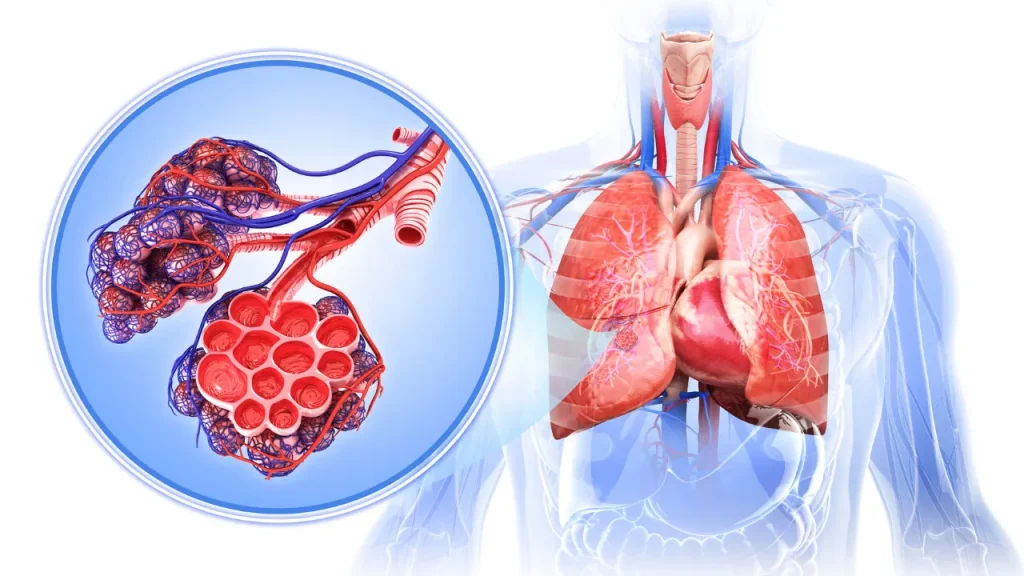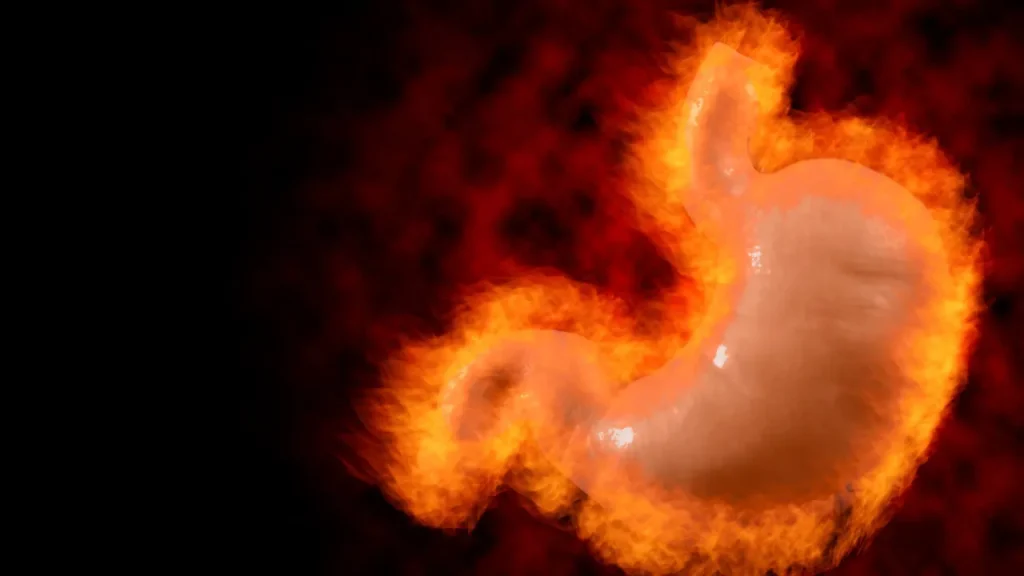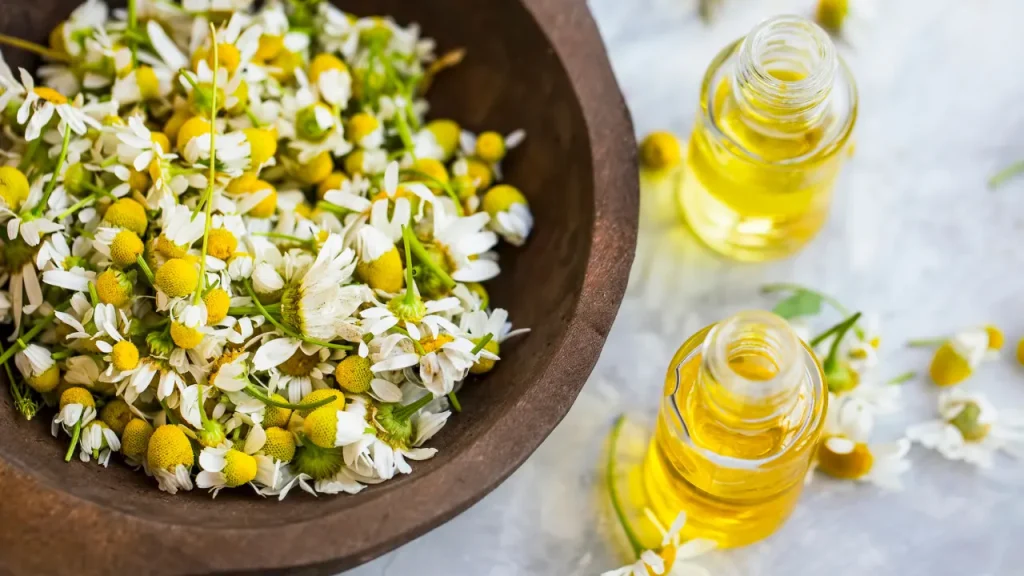The wild daisy (Bellis perennis) is a herbaceous perennial plant native to Europe and Western Asia. Wild daisy is a member of the Asteraceae family, which includes sunflowers and dandelions, and is distinguished by its little white or pink flowers with yellow centers. Wild daisy has been utilized in traditional medicine for generations because of its decorative and therapeutic characteristics. The nature of wild daisy, its health benefits, proper dosage, potential negative effects, substance interactions, and responsible consumption are all discussed in this page.
You May Also Like:
Finding the Best Supplements for Brain Fog After COVID: 5 Top Brands Reviewed
Wild Daisy: Benefits, Dosage, Side Effects, Drug Interactions, And Other Important Information is an original (NootropicsPlanet) article.
Nature of Wild Daisy
The therapeutic and nutritional qualities of wild daisy are attributed to a variety of bioactive substances. Flavonoids, phenolic acids, triterpenoids, and essential oils are the major phytochemicals present in wild daisy. These substances are found in diverse amounts and types in many plant sections, including flowers, leaves, and roots.
- Flavonoids: Flavonoids such as apigenin, luteolin, and quercetin are abundant in wild daisy and have powerful antioxidant, anti-inflammatory, and anti-cancer activities.
- Phenolic acids: Wild daisy contains phenolic acids such as chlorogenic, caffeic, and ferulic acid. These acids have anti-inflammatory and antioxidant properties.
- Triterpenoids: Triterpenoids found in wild daisy include taraxasterol and oleanolic acid, which have anti-inflammatory and hepatoprotective effects.
- Essential oils: The essential oils found in wild daisy are primarily made up of sesquiterpenes and monoterpenes, both of which have antibacterial and anti-inflammatory qualities.
Health Benefits of Wild Daisy
Wild daisy’s bioactive chemicals have led to its usage in traditional medicine to cure a variety of diseases, and recent scientific investigations have begun to unravel the mechanisms underlying its effects. The following are some of the key health advantages of wild daisy.
- Antioxidant properties: The flavonoids and phenolic acids in wild daisy neutralize free radicals, which can damage cells and lead to aging and diseases including cancer and heart disease.
- Anti-inflammatory properties: The bioactive chemicals in wild daisy prevent the synthesis of pro-inflammatory cytokines and other inflammatory mediators, aiding in the reduction of inflammation in the body.
- Wound healing: For centuries, wild daisy has been used to treat wounds, burns, and skin irritations. Its anti-inflammatory and anti-microbial characteristics, as well as its capacity to induce collagen formation, contribute to the healing process.
- Respiratory health: Wild daisy has traditionally been used to treat respiratory conditions such as coughs, colds, and bronchitis. Its anti-inflammatory and antibacterial qualities may aid in the reduction of inflammation and the battle against respiratory infections.
- Digestive health: Wild daisy has traditionally been used to treat gastrointestinal disorders such as ulcers, indigestion, and diarrhea. Its anti-inflammatory and antioxidant characteristics may aid in the protection of the gastrointestinal system and the promotion of general digestive health.

Chemistry of Wild Daisy
The therapeutic and nutritional qualities of wild daisy (Bellis perennis) are enhanced by the presence of numerous bioactive components. The key chemical groups identified in wild daisy include flavonoids, phenolic acids, triterpenoids, and essential oils.
Flavonoids are polyphenolic chemicals with antioxidant effects. Flavonoids found in wild daisy include apigenin, luteolin, and quercetin. Phenolic acids are another type of polyphenolic molecule that has antioxidant and anti-inflammatory properties. The phenolic acids chlorogenic, caffeic, and ferulic acid are found in wild daisy.
Triterpenoids, particularly taraxasterol and oleanolic acid, are abundant in wild daisy and have anti-inflammatory and hepatoprotective activities. The essential oils in wild daisy are primarily constituted of sesquiterpenes and monoterpenes, both of which have antibacterial and anti-inflammatory activities.
Physiological Mechanisms of Action of Wild Daisy
The bioactive chemicals in wild daisy act on the body through a variety of physiological pathways. Among the key mechanisms are:
- Antioxidant activity: Wild daisy flavonoids and phenolic acids work as antioxidants by neutralizing free radicals, unstable chemicals that can damage cells and contribute to aging and diseases including cancer and heart disease. They also boost the activity of antioxidant enzymes in the body, bolstering the body’s natural defenses against oxidative stress.
- Anti-inflammatory properties: Flavonoids, phenolic acids, and triterpenoids, among other bioactive substances found in wild daisy, can decrease the generation of pro-inflammatory cytokines and other inflammatory mediators. They work by influencing the activation of critical signaling pathways such as the nuclear factor kappa B (NF-B) and mitogen-activated protein kinase (MAPK) pathways, both of which are important in the regulation of inflammation.
- Wound healing: The potential of wild daisy to induce collagen formation benefits in wound healing. Its anti-inflammatory and antibacterial qualities aid in infection prevention and inflammation reduction during the healing process.
- Respiratory health: The anti-inflammatory and antibacterial characteristics of wild daisy may aid in the reduction of inflammation and the battle against infections in the respiratory system, adding to its historic usage in the treatment of respiratory diseases.
- Gastrointestinal health: Because of the anti-inflammatory and antioxidant qualities of wild daisy bioactive components, it has been used to treat gastrointestinal disorders such as ulcers, indigestion, and diarrhea.


Optimal Dosage of Wild Daisy
The recommended dosage of wild daisy can vary depending on parameters such as age, weight, and overall health, as with any supplement or natural medicine. Before commencing any supplements plan, it is critical to check with a healthcare expert. In general, the following adult dosages are regarded safe and effective:
- Wild daisy tea: simmer 1-2 tablespoons dried wild daisy blossoms in boiling water for 10-15 minutes. The tea should be consumed 2-3 times per day.
- Wild daisy tincture: A tincture made from wild daisy can be taken two to three times per day at a dosage of 1-2 mL.
- Topical applications: A poultice or ointment containing wild daisy can be applied to the affected region as needed to treat skin disorders, following the manufacturer’s guidelines or the guidance of a healthcare practitioner.
Side Effects of Wild Daisy
While wild daisy is generally thought to be safe when used in moderation and at recommended levels, several potential negative effects have been recorded. People who are allergic to other Asteraceae family members, such as chamomile, ragweed, or chrysanthemums, may be more prone to an allergic reaction to wild daisy.
Consuming large amounts of wild daisy, especially in concentrated forms such as tinctures, may produce digestive problems such as nausea, vomiting, or diarrhea. In some people, topical application of wild daisy, especially if not sufficiently diluted, can cause skin irritation or contact dermatitis.


Potential Substance Interactions
Interactions with other drugs or supplements are possible, as with any supplement. When utilizing wild daisy, be mindful of the following potential interactions:
- Anticoagulants: Coumarin in wild daisy may interact with anticoagulant drugs such as warfarin, raising the risk of bleeding. If you are taking anticoagulant medicine, talk to your doctor before using wild daisy.
- Sedatives: Wild daisy has minor sedative characteristics that may enhance the effects of other sedative drugs or supplements. Before combining wild daisy with sedatives, consult a healthcare practitioner.
Best Responsible Uses of Wild Daisy
Before beginning any wild daisy supplementation, consult a healthcare practitioner, especially if you have a pre-existing medical condition, are pregnant, breastfeeding, or are taking any drugs. Begin with a low dose and gradually increase as needed, keeping an eye out for any potential adverse effects. Use a high-quality, pure wild daisy product from a reliable supplier that is devoid of impurities and adulterants. Use wild daisy with caution when combined with other drugs or supplements, and see a healthcare practitioner if you have any concerns about potential interactions.
WILD DAISY:
Conclusion
Wild daisy is the perfect addition to your arsenal of holistic remedies. For wound healing in particular, you’ll find wild daisy to be incredibly helpful. Take as a supplement or use an oil or cream for topical application before bed. When you wake up, you’ll likely notice the healing process has sped up.
As with any supplement, check in with your doctor to lower the risk of adverse reactions. Those who spend a lot of time outside or in cities, where toxic emissions are plentiful, would benefit from adding wild daisy to their health regimen. Consider using facial cream with wild daisy to lower acne and environment-related inflammation.


References:
- Medicinal properties of Bellis perennis: A focus on antioxidant and anti-inflammatory activities. Retrieved from: https://pubmed.ncbi.nlm.nih.gov/32885493/
- Phytochemical screening and antioxidant activity of Bellis perennis L. Retrieved from: https://www.researchgate.net/publication/313875749_Phytochemical_screening_and_antioxidant_activity_of_Bellis_perennis_L
- Phytochemical and biological study of Bellis perennis L. Retrieved from: https://www.academia.edu/20469963/Phytochemical_and_biological_study_of_Bellis_perennis_L
Important Note: The information contained in this article is for general informational purposes only, and should not be construed as health or medical advice, nor is it intended to diagnose, prevent, treat, or cure any disease or health condition. Before embarking on any diet, fitness regimen, or program of nutritional supplementation, it is advisable to consult your healthcare professional in order to determine its safety and probable efficacy in terms of your individual state of health.
Regarding Nutritional Supplements Or Other Non-Prescription Health Products: If any nutritional supplements or other non-prescription health products are mentioned in the foregoing article, any claims or statements made about them have not been evaluated by the U.S. Food and Drug Administration, and such nutritional supplements or other health products are not intended to diagnose, treat, cure, or prevent any disease.
